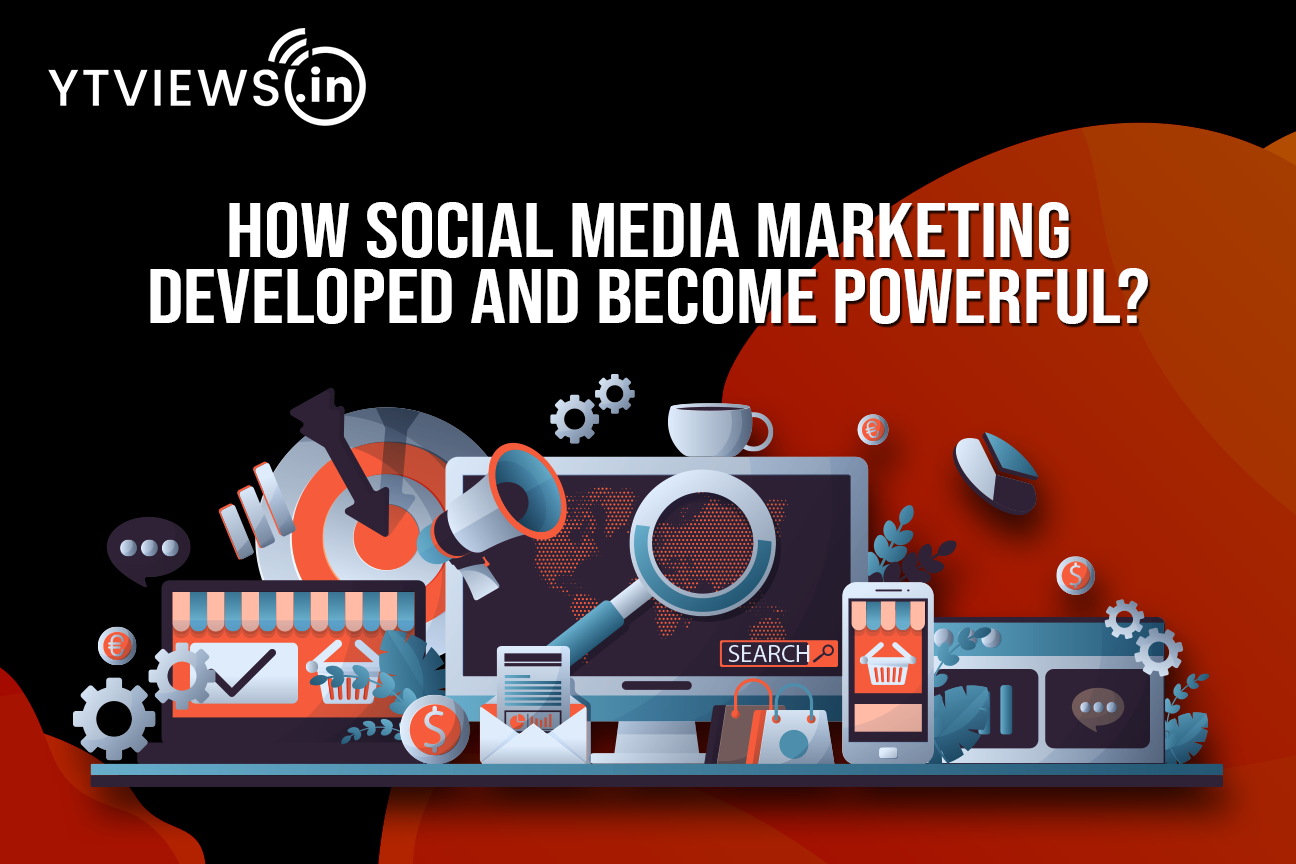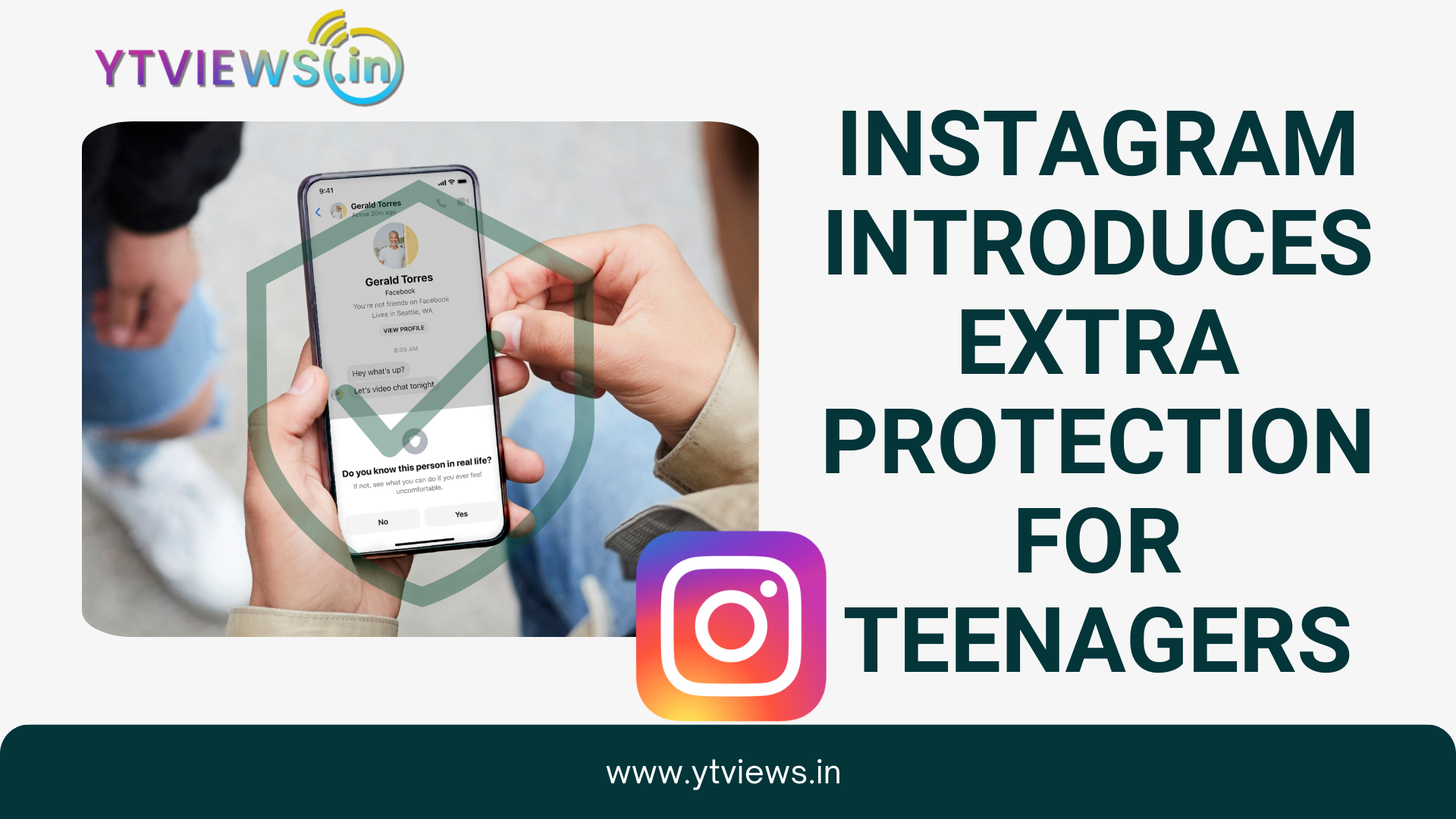How Social Media Marketing Developed and become Powerful?
More than 80% of consumers say social media, particularly influencer content, has a significant impact on their purchasing decisions. As a result, marketers from various industries are advancing social media marketing (SMM) from a single tool to a multifaceted source of marketing intelligence for a growing and important audience.
Between 2004 (the year MySpace became the first social media platform to reach one million users) and 2022, when interactive digital channels experienced dramatic growth, social media reached levels that even surpassed the reach of television and radio. Over 58 per cent of the world’s population, or 4.6 billion people, used social media in Q1 2022, an increase of more than 10 per cent in just one year.
Marketers are honing their strategies to seize the significant competitive advantage that social media engagement can deliver even more quickly and efficiently than traditional marketing, as the use of social media continues to rise.
Definition of Social Media Marketing (SMM): Social media marketing (SMM), or digital marketing and e-marketing, is the practice of using social media—the websites where people create social networks and share information—to enhance a company’s reputation, boost revenue, and direct traffic to its website. Social media marketing (SMM) offers businesses a way to interact with current clients and attract new ones. It also has data analytics features that help marketers monitor the effectiveness of their campaigns and find new opportunities for interaction.

The Power of Social Media Marketing
Social media’s unrivalled ability in the 3 key Marketing Areas of Connection, Interaction, and Customer Data is what gives Social Media Marketing (SMM) its incredible.
Connection: Social media not only makes it possible for companies to connect with their clients in previously difficult ways, but it also offers a staggering array of channels through which to reach target audiences, from content platforms like YouTube and social networking sites like Facebook to microblogging services like Twitter.
Interaction: Due to the dynamic nature of social media interaction, whether it be active “liking” or passive “commenting,” businesses can take advantage of free advertising opportunities from eWOM (electronic word-of-mouth) recommendations from current and potential customers. The fact that these interactions take place on the social network makes them measurable, in addition to the fact that the positive contagion effect from eWOM is a valuable driver of consumer decisions. Businesses can assess their “social equity,” or return on investment (ROI), from social media marketing (SMM) campaigns, for instance.
Customer Data: Customer data is another priceless resource that a well-designed social media marketing (SMM) plan offers to improve marketing outcomes. SMM tools cannot only extract customer data but also transform this gold into actionable market analysis—or even use the data for crowdsourcing new strategies—rather than being overwhelmed by the 3Vs of big data (volume, variety, and velocity).
Key Takeaways:
~ Social media and social networks, including Facebook, Twitter, and Instagram, are used in Social Media Marketing (SMM) to promote goods and services, interact with current clients, and attract new ones.
~ Social Media’s unrivalled ability in the three key areas of marketing—connection, interaction, and customer data—is the driving force behind social media marketing.
~ Utilizing personal data to create messages that resonate with users and promoting content that drives engagement, social media marketing has completely changed how businesses can influence consumer behaviour
~ Social media is so pervasive today, so using these platforms for marketing strategies is crucial for businesses.
Related Posts

Instagram Implements Advanced Protections for Teen Users.

5 Skills to Become a Successful Social Media Marketer

Instagram introduces extra protection for teenagers

LinkedIn Adds AI Training Opt-out Option

What Video Editing Software Do Youtubers Use in 2024?






































